As with so many things in blogging and online marketing, everything becomes easier when you have a clear process or a routine you can follow. That is also valid for your content creation process.
With a straightforward content creation process, you can ensure to never forget crucial steps in your content development. It also gets more efficient if you do every step at the optimal time.
Here are the 10 crucial steps of your content creation process to make content creation for blogging and online marketing easier:
#1 Find a content idea
There are endless ways to find ideas for new content you want to cover in your blog posts. The best way still is to listen to your audience wherever you interact with them. Here are 33 ways to come up with blog post ideas.
It can be a tweet you see on Twitter, you can read a blog post from a competitor, or listen to a talk at a conference. You can find inspiration in comments on your blog posts or your social media updates. Look for your customer comments – wherever you talk to them.
The best marketing ideas don’t happen in that monthly strategy meeting.
— Amanda Natividad (@amandanat) June 15, 2022
They come from moments of scrappiness. Or serendipity.
Here are 16 ways to generate those creative ideas:
#2 Question the idea
There are several aspects that make a blog topic idea a great topic idea for your blog. Not every topic idea has what it takes.
Relevancy:
Is this topic relevant to your audience? Or is it really a topic you want to cover anyway. Keep in mind that only topics that your audience really needs and wants will have true marketing and distribution power.
You may decide to cover a topic anyway even if it is not the best topic for your audience but you need to be aware that topics that are not perfect for your audience are not perfect for your blog.
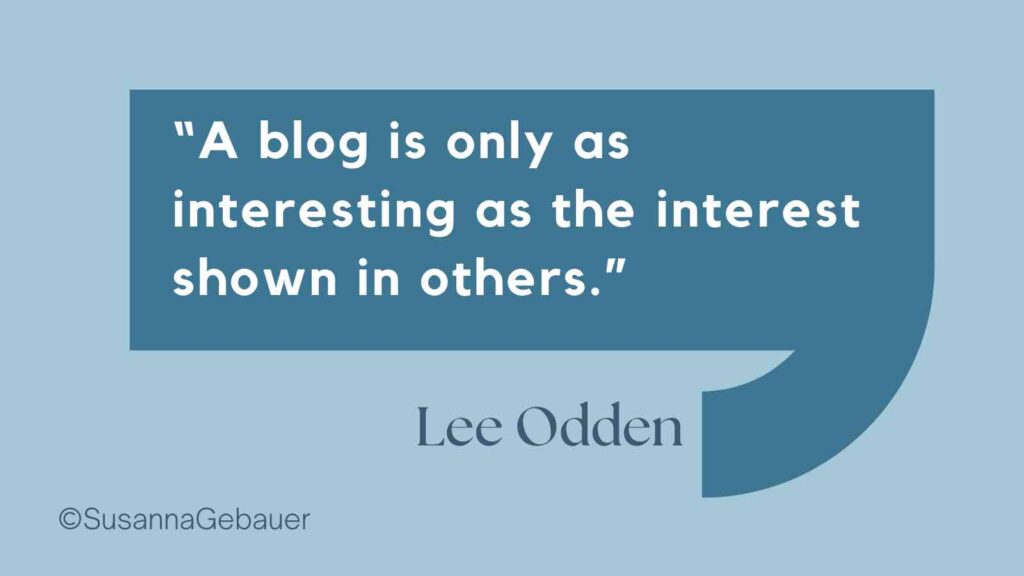
Existing content:
Do you already have content on your blog that covers this topic? Can you tweak the topic so that it is different enough from the existing piece of content? Or is the existing post perfect for the topic but a little outdated? Then you should consider an update for the existing blog post instead of writing a new post.
An advantage of updating old articles is that the URL already has some power. That means you should never change the URL of a post that you update.
Can you provide enough insight?
Do you have enough knowledge about this topic to write an in-depth blog post? If not, can you do research on the topic or do you know someone who can add insight that you might not have? Consider doing a joined work or an interview to add relevant aspects and more knowledge to your content.
#3 Keyword research
The first question you need to answer in your keyword research is: are there keywords for this topic that you can rank for? You need to consider the domain authority of your blog for this and the competition. A new blog has a hard time competing with high-authority websites for rankings in search engines.

Screenshot is taken from Ubersuggest
If you find keywords that you can rank for, consider this:
- Are people searching for this topic – is there a relevant search volume on the main keywords for this topic?
- If yes: write the best piece of content for this keyword. Do a simple Google search and check the search results that come up. Write a better post.
- Do more keyword research, find related keywords, and consider them for sections – this is relevant even if you don’t plan to rank. Keyword research gives ideas for questions that your audience might have about this topic. You should answer these questions in your content.
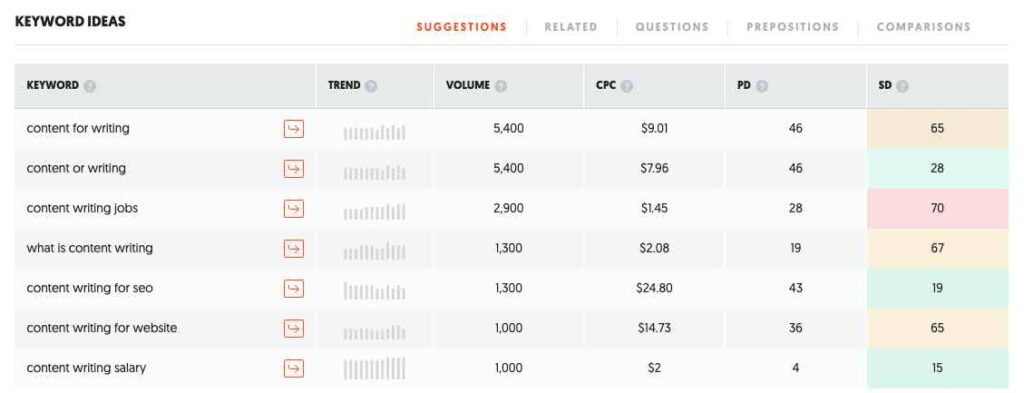
But even if you cannot find any keywords for this topic for which you have a chance to rank, you should still do some more keyword research.
Here is why:
#1 You don’t know what the future brings. You still want to optimize your content as best as you can and use the keywords that could bring in search traffic.
#2 You want to use the words and language your audience uses. Search volume on keywords is an indicator of the words your audience is using around this topic. Make sure that you use these keywords in your content writing.
#3 Keywords and search volume give an indication of what people are really interested in, you should cover the topics that your audience would love even if you cannot rank for the keywords.
Note: Sometimes the complete content creation process is started with keyword research. Personally, I don’t think that is practicable. Here are some reasons:
- You need a place to start – and that cannot really be keyword research. If you don’t have a topic idea: which keywords do you test and check? Keyword research starts once you have a basic topic idea.
- Not every piece of content is created for search engines. There are other reasons for content creation: social media, referrals, community building, and your audience. Sometimes you want to cover a topic even though there is not much search volume or you may have a hard time narrowing it down to a keyword.
But even if you start with an idea for a blog post topic, the topic-fine tuning process is influenced by your keyword research. Knowing what people from your niche are searching for should influence what you cover in your content.
#4 Additional content to stand out
Content creation is not all about writing. Every piece of content can be improved by adding some additional forms of content. The goal with the additional content is to provide some proof for claims you make in your content, add structural elements, keep your audience interested and make them spend more time on your content, and make your content stand out.
- Images and other visuals: Images help structure your content and make your content more memorable. Images help people to remember your content. Visuals can add value and additional information. Images can also earn you more search traffic via image search and by attracting some backlinks when people “quote” your images. Embedded videos can increase the time your audience spends on your site, the same goes for embedded social media posts. Find out how you can use blog post images to boost success in this post.
- Studies and data: These are often hard to create and not everyone has the means to conduct huge studies. If you have the means to create an original statistic on a common question, this has the power to make your post stand out!
But sometimes a simple Twitter poll can add some value to your blog post. - Quotes and expert statements: Expert quotes can add credibility to your content, they are great to share on social media and people like to quote quotes.
If you want to add more information to your written content, you need to plan ahead: How can you obtain the data? Who can you ask for quotes or interviews? And what studies do you want to conduct?
Creating this additional can sometimes take as much time as the complete content creation process.
#5 Create Headlines to Win
Many content writers create their headlines once they finished the content writing process, but some content experts suggest you should write the headline first before you create the body content to make sure that you deliver on the promise you make in your headline.
No matter whether you write the content first or create the headline before you write the content, you need to make sure that your content delivers on the promise you make in the blog post title.
You need to be aware that the blog post title has tremendous power. A great blog headline can make your content get shares and clicks, here is how to create better blog titles. Invest enough effort into your headline to make it stand out and work well with your audience.

#6 Start with an outline for your post
Before you start writing your content, you should create an outline. Make sure it has a clear structure and follows a consistent line of arguments. Your outline should include all the major aspects your audience would want to know about this topic, and it should also make sure that you deliver on the promise you made with your headline.
Consider the related keywords you found, they should all be covered by your content. Some related keywords make great subsections in your content structure.
Make sure you cover everything you can think of related to this topic and everything your audience expects to find in a post about this topic.
#7 Fill each section of the content
Now is the time to do some content writing. With your outline, you can fill one section of your content at a time. For each section keep in mind that you are writing online content and not a book.
Online content is harder to read, you need more paragraphs, bullet lists, headlines, and subheadlines than prose text.
For each section
- consider using examples, stories, or quotes – these will help prove your points and keep the reader’s attention.
- add structure – it makes content easier to read online. Also, people like to skim content, structure helps your readers to skim the content and find the sections that interest them the most.
- add visuals where appropriate – make sure you follow copyright rules if you use other people’s content. Consider creating your own images – they add marketing power to your post. Other content types like video or graphics can also help to keep your readers longer on your post which will also help your SEO.
For each section, check your grammar and spelling. Make sure, you use short sentences that are easy to read and easy to understand. Shorten paragraphs and split up long sentences into shorter ones.
Reread each section and check if you included all the information that it needs.
Add an introduction and a final paragraph. Make sure the introduction or first paragraph makes it clear what your content is about. You only have seconds to hook your readers.
#8 Plan your distribution
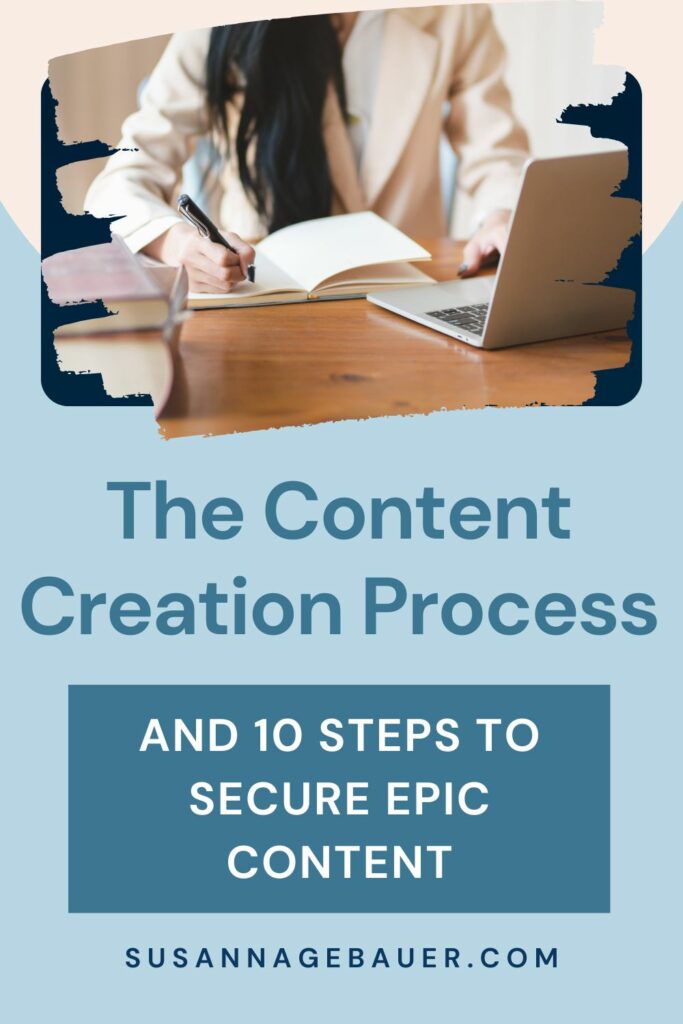
Right, you will probably have your main distribution channels in place for every piece of content. Most activity of content distribution takes place after you publish your post. But some content distribution should be planned ahead. For instance, you want to include some social media images in the blog post, for instance, Pinterest pins, or a Twitter image. You also want to provide a post text for tweets and pins.
Even if your main distribution is not SEO, you should do some basic search optimizations. SEO needs a headline that follows the best practices and a meta description that mentions the keyword and makes people click for more information.
#9 Add a call to action
Writing is fun. But not all online content creation is done just for fun. Usually, we all do it with a goal in mind. And to reach this goal, a call to action usually is the way to go.
Don’t spam your content with too many calls to action that would be confusing. One is enough.
Set a goal for your content and consider what your audience should do to make it happen.
You can ask them for a share, signup for a webinar or a newsletter, you can offer a free download, or ask for comments. You will get more of what you are looking for if you ask your readers to do it!
#10 Finish up your content creation process
Now is the time to finish up your post.
Start by rereading it. Does it have a clear line of argument? If not, polish it up. Are your sentences easy to understand, can you follow your own arguments? If not, rewrite some parts.
You should optimize your content for search even if you don’t expect to rank. One reason is that you never know how your site develops and SEO needs a couple of months to kick in with full power. Even if you may not rank super high for the main keywords some longtail keywords may still add some clicks to your traffic.
WordPress users can use the plugin YOAST to help with basic optimization.
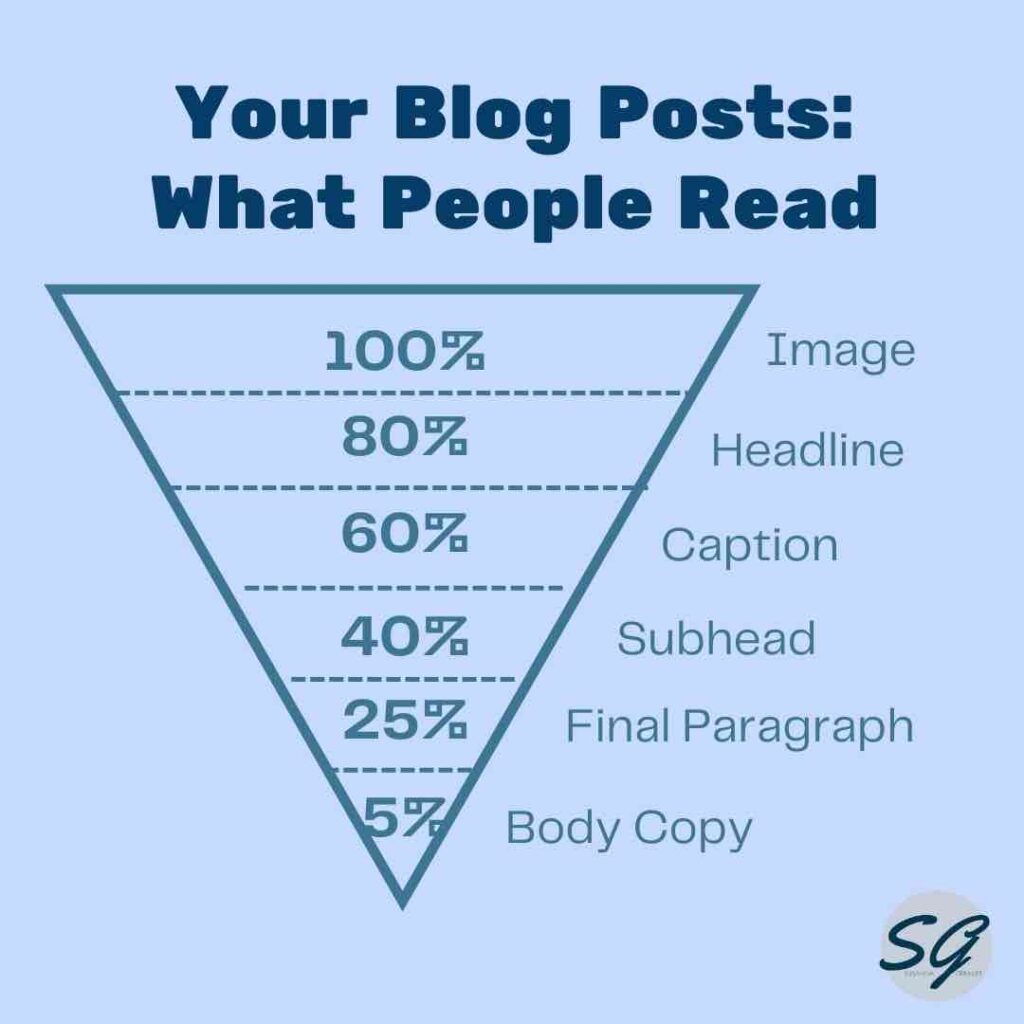
Proofread your content. If you don’t have access to an editor, you should consider using an editing tool. I am using Grammarly for all my posts – yes, this is an affiliate link, I may earn a small commission if you click the link and decide to purchase Grammarly. But I only recommend tools that I know, that I use and that I find helpful.
Grammarly shows you your spelling mistakes. It also gives you some hints to bulky sentences and suggests changes. You can even add your goals for your text and see how Grammarly rates your content.
Grammarly has a free version that will already help you a lot!
I have already mentioned the importance of the headline. But there are more structural elements that your audience sees before they decide to click through to your content or not. Make sure, you have a header image for your post, and the caption should make the topic clear. The first sentence needs to hook your readers in to read more.
Add internal links: consider if this post is part of a bigger structure like a content cluster. In this case, you should add links from the cluster page to the pillar page.
Final words about the content creation process
This process is not set in stone. Every content creator has probably a process in place that varies a little from the above ten steps. But these are the basic steps you need to perform in your content creation.
You can build your own content creation process – but if you don’t have one and if you are new to the content marketing world, the above process should be a good start to help you find your own routine with your content creation.
The actual content writing process is only a small part of the content creation process for online marketing and starts later in the process. After you have an idea, you need to check if your idea is of interest to your target audience and if there are keywords you need to consider for this idea. These are some examples of steps, you have to do before you start your content writing process.

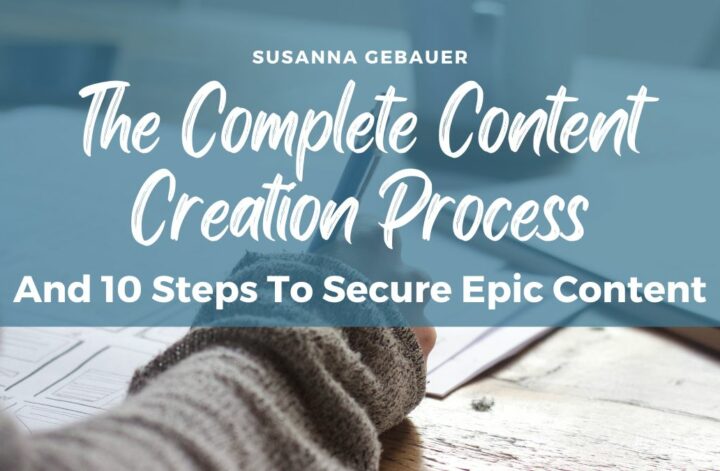
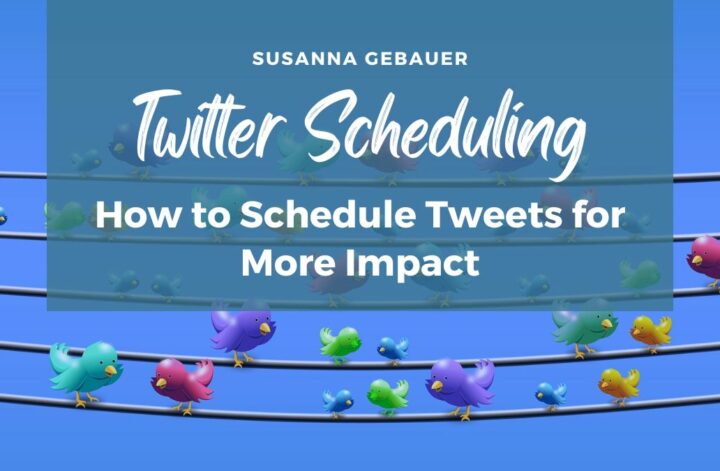
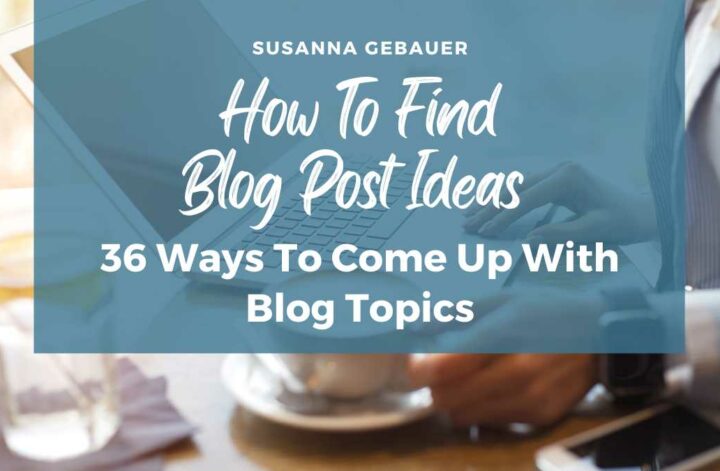
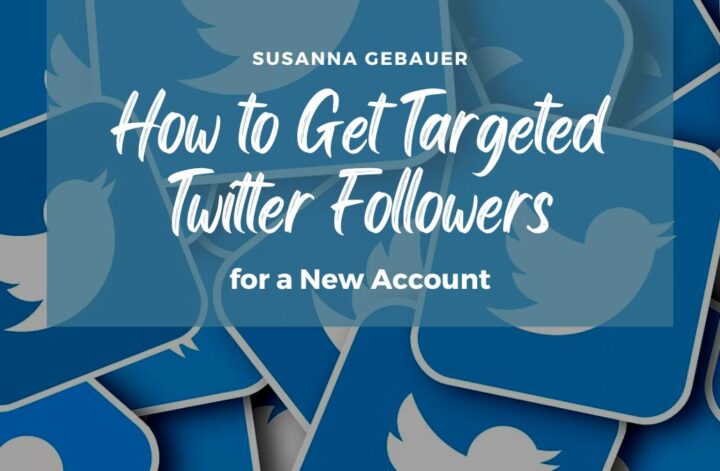
5 Comments
May I simply just say what a comfort to uncover somebody that genuinely understands what theyre talking about over the internet. You definitely realize how to bring an issue to light and make it important. More people should read this and understand this side of your story. I was surprised you arent more popular because you most certainly possess the gift.
Thank you. I totally believe in covering topics that I understand. Most of my articles are a result of my own marketing experience.
It seems as if this comes across – at least sometimes 🙂
Susanna
Major thankies for the article.Much thanks again. essentially Great.
Thank you so much. Your feedback means a lot!
Susanna
Susanna these are all excellent tips. Distribution is big to me these days because I learned how not distributing blog posts effectively held me back over the years. Lesson seared onto my mind. Now I share far and wide each time I publish a blog post.
Ryan